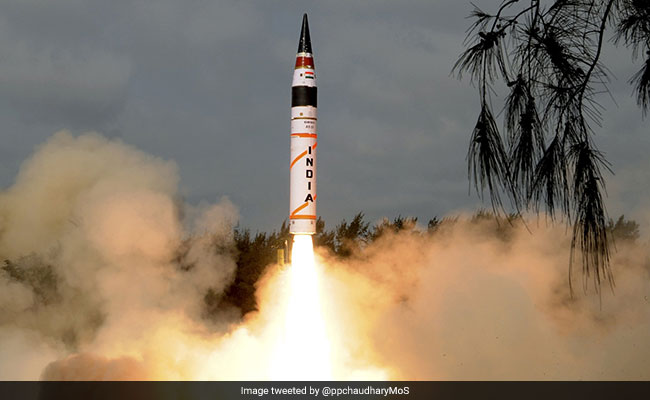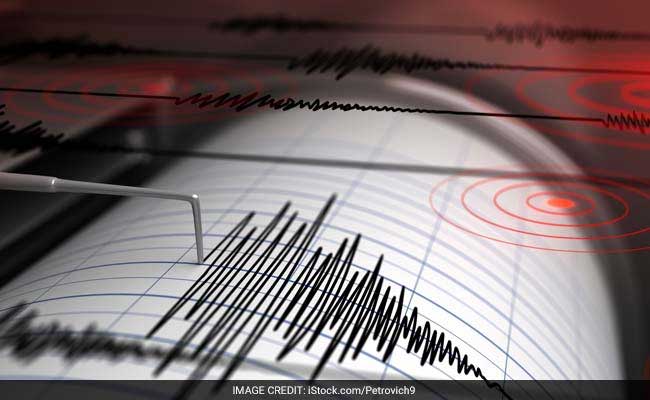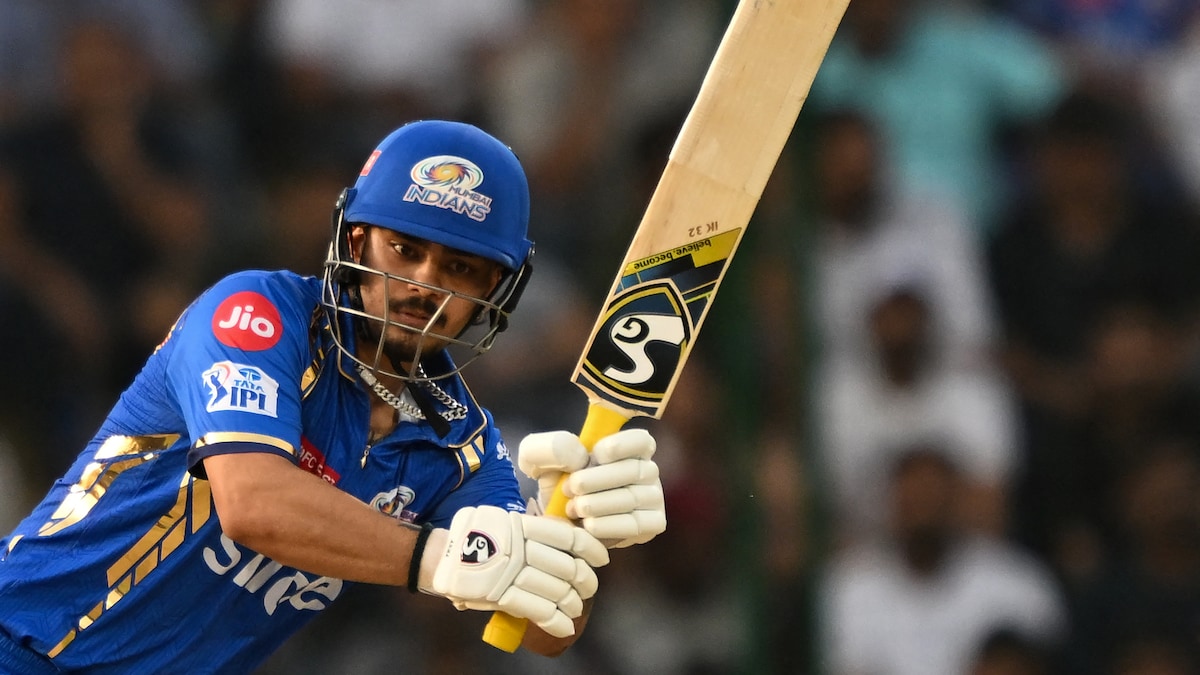
The Agni-5 missile with multi-warhead technology is capable of deploying multiple warheads. (representative)
New Delhi:
With its first flight test of the Divyastra mission, India joins a select group of countries with multiple independent target re-entry vehicles or multi-warhead missile technology. Prime Minister Narendra Modi today congratulated scientists from the Defense Research and Development Organization for the successful first flight test of the Indian-made Agni-5 missile capable of deploying multiple warheads.
PM Modi posted on ” .”
We are proud of the DRDO scientists for the Divyastra mission, which was the first flight test of the indigenously developed Agni-5 missile using the Multiple Warhead Independent Target Reentry Vehicle (MIRV) technology.
— Narendra Modi (@narendramodi) March 11, 2024
Sources told NDTV that the director of the project is a woman and that women have made significant contributions to the project. The weapon system is equipped with indigenous avionics system and high-precision sensor package to ensure that the re-entry vehicle reaches the target point with the required accuracy, they said.
What is a multiple warhead missile?
Multiple independently targetable re-entry vehicles allow the missile to deploy multiple nuclear warheads to different targets, compared to traditional missiles carrying one warhead. The warheads on these missiles can be released at different speeds and directions. Some multiple-warhead missiles can hit targets as far as 1,500 kilometers apart.
Multiple warhead technology, originally developed in the early 1960s, required the combination of large missiles, small warheads, precision guidance, and complex mechanisms to release warheads sequentially during flight.
Land-based multiple warhead missiles are considered unstable because these targets are more critical than traditional missiles because an attacker can take out multiple warheads simultaneously.
Countries possessing multiple warhead missile technology
The United States was the first country to develop this technology. It deployed the multi-warhead intercontinental ballistic missile (ICBM) in 1970 and the multi-warhead submarine-launched ballistic missile (SLBM) in 1971. The Soviet Union followed suit and developed intercontinental ballistic missile and submarine-launched ballistic missile technology to support multi-warhead missiles in the late 1970s.
Currently, the United States, the United Kingdom, and France possess multiple warhead submarine-launched ballistic missiles, China possesses multiple warhead ballistic missiles, and Russia uses both multi-warhead intercontinental ballistic missiles and submarine-launched ballistic missiles.
Pakistan is also reportedly testing multi-warhead missile technology.
wait reply load…
Follow us on Google news ,Twitter , and Join Whatsapp Group of thelocalreport.in
















